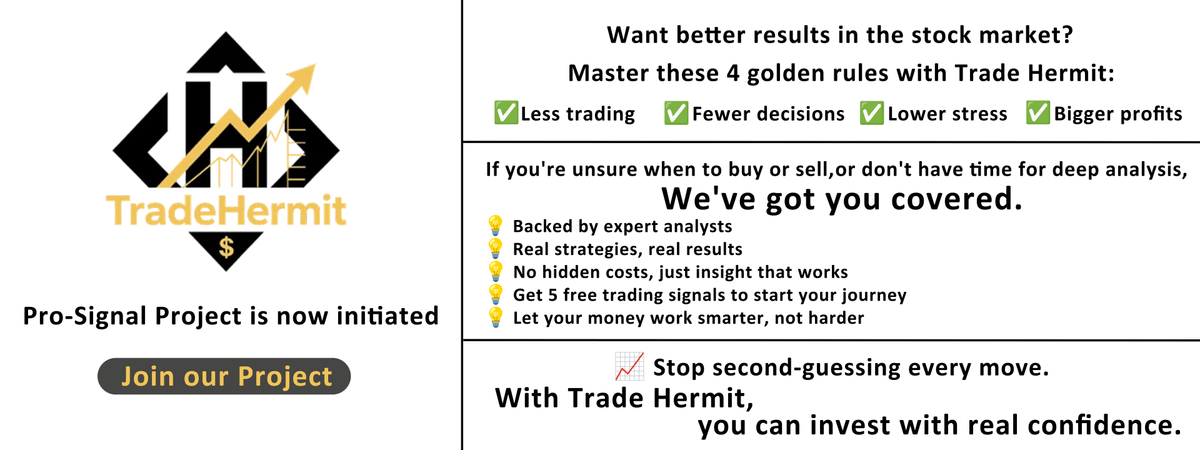On Tuesday, July 29, U.S. stocks extended their ongoing technical consolidation. The S&P 500 slipped 18.91 points (-0.3%), while the Nasdaq Composite dropped 0.38%, both indices opening higher but fading throughout the session in a “gap up–sell off” pattern. Despite the mild pullback (indexes held above their 5-day moving averages), over 6,000 stocks closed in the red, suggesting that actual market sentiment was significantly weaker than the headline numbers.
1. Index Action: Technical Consolidation Confirmed, 5-Day MA Becomes Critical
Tuesday’s session confirmed the ongoing theme of “post-rally technical adjustment.” Both the S&P 500 (-0.3%) and Nasdaq (-0.38%) remained above their short-term 5-day moving averages, aligning with earlier expectations for a controlled pullback.
Structure matters: The “gap-up followed by intraday weakness” reflects a cooling of investor enthusiasm at elevated levels. As long as no decisive breakdown occurs (i.e., a >2% drop), the underlying trend remains resilient.
Under the surface: The modest index drop masked a sharp internal deterioration—broad-based weakness among prior leaders in tech and AI underscores rising caution among funds and retail investors.
2. U.S.-China Trade Talks Extended: Awaiting Trump’s Final Word
Markets were particularly sensitive to developments in the ongoing U.S.-China negotiations in Stockholm. The two sides agreed to extend the existing tariff ceasefire but left key terms—especially the duration—undecided, pending final input from the Trump administration.
Current status:
- U.S. tariffs on Chinese goods remain at 30%
- China maintains 10% tariffs on U.S. imports
Key risk: If Trump rejects the tentative extension or imposes additional tariffs, markets could react sharply to a breakdown in expectations. Conversely, a confirmed extension might offer temporary relief for risk assets.
3. Fed Policy Outlook: Cooling Labor Market, but Rate Cut Odds Still Low
1) Job Market Weakness – A Catalyst in the Making?
The U.S. Labor Department reported a decline in job openings in June—from 7.71 million to 7.44 million (below the 7.5 million consensus)—indicating a cooling labor market.
Implication for the Fed: A weaker labor market could lead to higher unemployment, prompting eventual Fed cuts. However, the market still sees little chance of an immediate pivot:
- July rate cut odds: just 2.1%
- Further clues will depend on upcoming non-farm payrolls and CPI prints
2) Fed Meeting Preview: Could Dovish Language Be a Lifeline?
The FOMC convenes tomorrow (July 30). The base case is a hold on rates, given political pressure and persistent inflation. Should the Fed surprise with a cut, the market may rally initially—but later worry about Fed independence.
Watch Powell’s tone: Markets will focus on whether Powell signals that a rate cut could come later this year if economic data aligns—potentially bolstering risk appetite.
4. Big Tech Earnings: Meta and Microsoft to Steer the Index
This week’s highlight is the earnings season for mega-cap tech stocks. The so-called “Magnificent Seven” have accounted for over 50% of the S&P 500’s year-to-date gains, making their earnings crucial to market direction.
Meta (Q2 Preview):
- Revenue: $44.73 billion
- EPS: $5.90
- Surprise history: 4–5 consecutive beats
Key focus: Whether AI-driven product improvements translate to higher engagement and ad revenues—particularly as digital ad growth may face pressure from global tariffs. The stock has consolidated after a 49% rally and needs a strong beat to regain upward momentum.
Microsoft (Post-market Q2 Preview):
- Revenue: $73.81 billion
- EPS: $3.37
Key focus: Growth in AI-related cloud revenue. Microsoft continues to expand capex in AI infrastructure, making Azure's performance a focal point. After mixed reactions to past earnings, this release may reset short-term sentiment.
Want more professional investment research?
Visit our official site: www.trade-hermit.com.This content is protected by copyright and may not be reused without explicit authorization from tradehermit.
5. Covered Call ETFs (e.g., QYLD): Yield over Growth in a Sideways Market
Funds that employ covered-call strategies—such as QYLD—are attracting investor interest:
Strategy:
- Hold Nasdaq-100 stocks (e.g., NVIDIA)
- Sell OTM call options to collect premiums
- Result: income enhancement, limited upside, partial downside hedge
Market Signal: The $31.5 billion in YTD inflows reflects widespread sideways market expectations—investors aren’t betting on strong rallies or crashes but prefer steady income with capital preservation.
6. Risk Pockets: Healthcare, Insurance, and Stablecoins
1) Healthcare – Novo Nordisk Plunges 20%
Novo Nordisk slashed its full-year guidance due to:
- FX headwinds (weaker Danish krone)
- Wegovy demand slowdown (losing share to Eli Lilly)
New guidance:
- Sales growth: cut from 12–18% to 8–14%
- Operating income growth: reduced to 10–16%
Sentiment has turned sharply against the stock in the near term.
2) UnitedHealth – Post-Earnings Uncertainty
UNH reported Q2 revenues of $111.6 billion (in line) but EPS of $4.08 (missed expectations), with a net margin of just 3%.
Risks:
- Ongoing DOJ investigation (details undisclosed)
- No earnings guidance provided
- Support zone: $247–250
- Patience needed: bottoming process may take 6+ months, with potential black swans ahead
3) CRCL (Circle) – Volatility Amid Policy Setbacks
CRCL (Circle) trades at a $40B valuation, with USDC circulation at $63.8B. Its share price is down sharply from its $66.7B peak (at $298/share).
Bearish factors:
- “Talent Act” failed to grant exclusive stablecoin issuance rights
Bullish support:
- Coinbase investment
- Strategic partnerships (e.g., Fidelity)
Conclusion: Likely oversold, but highly volatile. Consider “grid trading” approaches for short-term opportunities.
Conclusion: A Market in Search of Clarity Amid Event Risks
The market’s small pullback alongside broad-based weakness reflects growing caution at elevated levels. Investors are now watching three key catalysts:
- FOMC Meeting (July 30): Can dovish hints reignite risk appetite?
- Mega-cap Tech Earnings: Meta and Microsoft (tomorrow), Nvidia and others to follow
- U.S.-China Talks: Will Trump approve the deal or trigger a tariff shock?
Strategy: Stay patient. Wait for these events to play out before taking directional bets. For high-flying tech names, beware of “sell the news” scenarios. For beaten-down names like CRCL, volatility may offer entry points—but only with risk control in place.

